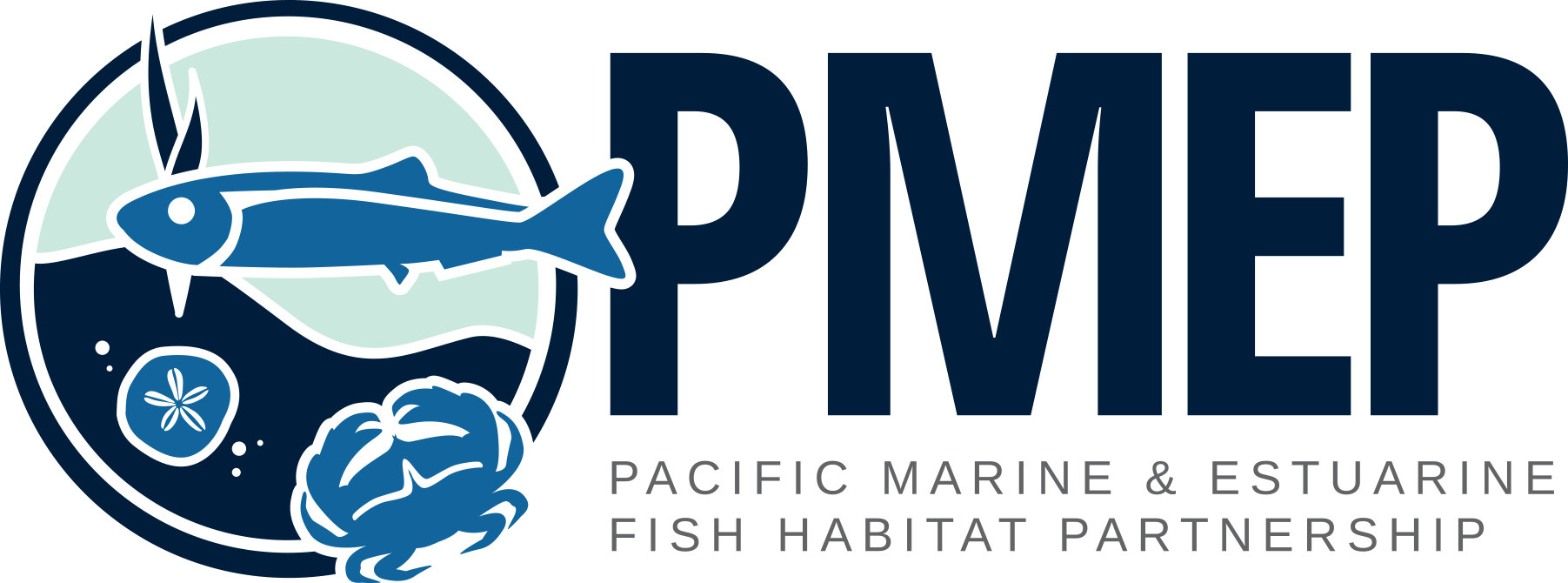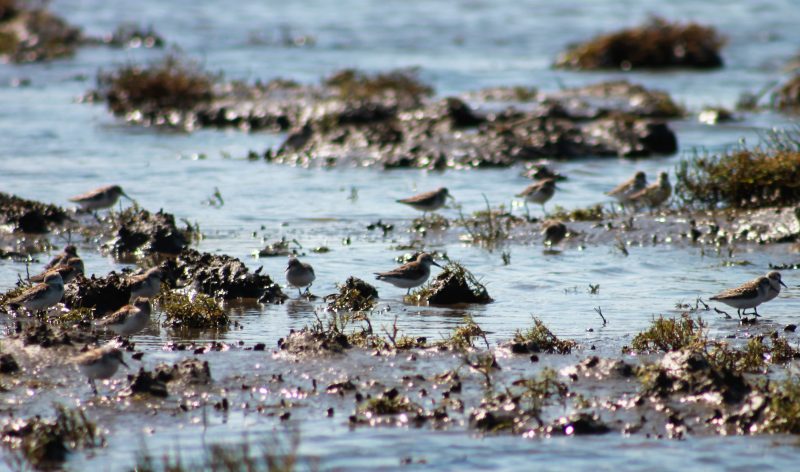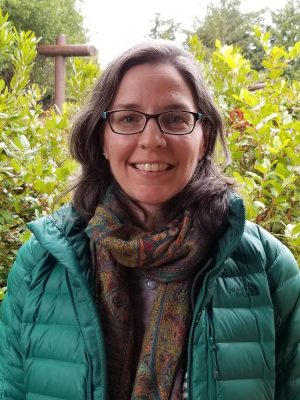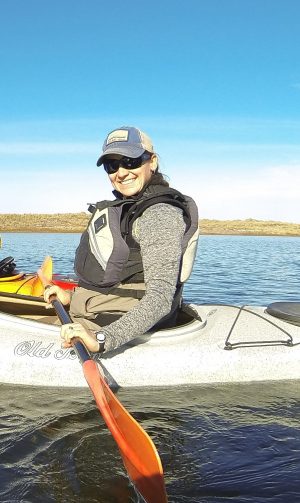PMEP-supported Bear River Estuary Restoration is included in the National Fish Habitat Partnership list of “Waters to Watch” for 2020. This annual list represents a collection of strategic conservation efforts implemented on rivers, streams, estuaries, and lakes to protect, restore, or enhance fish habitat. These voluntary, locally-driven projects represent some of the top conservation activities completed or in progress by 20 regionally-based Fish Habitat Partnerships throughout the country. These projects are carried out under the goals and objectives of the 2012 National Fish Habitat Action Plan. These conservation projects conserve freshwater, estuarine, and marine habitats essential to many fish and wildlife species. These activities are fundamental to the overall success of the National Fish Habitat Partnership that was established in 2006.
“The projects, which focus on the protection, restoration, and enhancement of fish habitats across the country, are a sampling of the top priorities of our partnerships,” said Ed Schriever, Chair of the National Fish Habitat Board. “The Waters to Watch campaign provides people an opportunity to learn about our projects in a more in-depth way, which exemplifies collaborative conservation involving many partners.”
The 2020 “Waters to Watch” list and associated Fish Habitat Partnerships
- Bear River Estuary, Washington (Retrospective) – Pacific Marine and Estuarine Partnership
- Boone River Watershed, Iowa (Retrospective) – Fishers and Farmers Partnership
- Chipola River, Florida (Retrospective) – Southeast Aquatic Resources Partnership
- Deep Creek Town Diversion and Warner Basin, Oregon (Retrospective) – Western Native Trout Initiative
- Maunalua Bay, Hawai’i – Hawai’i Fish Habitat Partnership
- Minsi Lake, Pennsylvania – Reservoir Fish Habitat Partnership
- San Juan and Santiago Watersheds, California – California Fish Passage Forum
- San Luis Obispo Creek, California – Pacific Lamprey Conservation Initiative
- Shoshone Springs, California (Retrospective) – Desert Fish Habitat Partnership
- Tularosa River, New Mexico – Desert Fish Habitat Partnership



